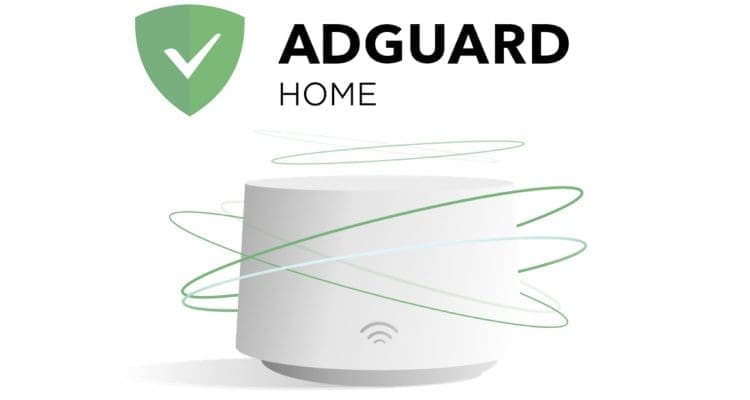Tag: Adguard-Home
-
TpLink Omada: Services→ DNS proxy with Cloudron AdGuard Home. We like using DoH on our router.
I finally got this to work with cloudron AdGuard Home because it won’t work just use DNS port or encryption until you add IP or Client ID in allowed Clients, so I am using Client ID. This will show you how to set up DOH AdGuard Home with TpLink Omada DNS Proxy. This explains to…
-
DNS amplification attack | closing the 53 port on my AdGuard Home Server.
Today, I turned off the DNS port 53. Since we have been cutting off our store’s DNS server, it has been a DNS amplification attack. So I found out that my Router does have a DNS Proxy, My DNS Server does have HTTP over TLS and DNS-over-HTTPS. Everything is working and attacking is currently stopped…
-

My DNS, both Primary and Secondary, got into DNS amplification attacks.
This attack trigger was found on October 16, 2023, when I received an email that my server was nearly full. This is not a typical occurrence. Therefore, I discovered that my AdGuard Home DNS Server had been compromised, and that a significant number of IP addresses exceeding 20K were targeted specifically in Brazil, Latin, two…

